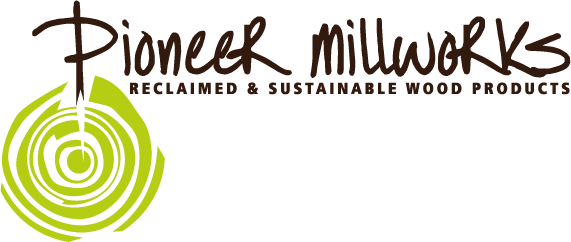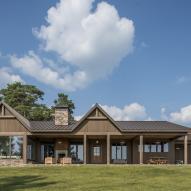A Living Tribute
The Theodore Roosevelt Presidential Library in Medora, North Dakota is designed to be a living interactive structure that stands in tribute to President Roosevelt and his unwavering commitment to environmental stewardship. It’s not just a place to house books, documents, and ephemera, but a tangible part of the North Dakota landscape. Through its exhibitions, trails, and pavilions, visitors are encouraged to be active participants in the building and grounds.
The 93-acre facility offers expansive and contemplative viewing platforms of the lands that inspired Roosevelt, including his own Elkhorn Ranch and the rolling Little Missouri River valley. The facility’s locale, ecology, and design collaborate sympathetically to express Roosevelt’s eco-forward beliefs while honoring his legacy. The project will use local, sustainable, and renewable materials, and aims to have zero environmental impact.
Roosevelt retreated to North Dakota in 1884 following the death of his mother and wife on the same day. He found solace in the area's plants and animals and was healed by its diverse landscape. The inspiration for the building, by lead architect Craig Dykers of Snøhetta , originated from this history as well as the visage of a leaf resting upon two pebbles, which was assimilated into the structure’s design.
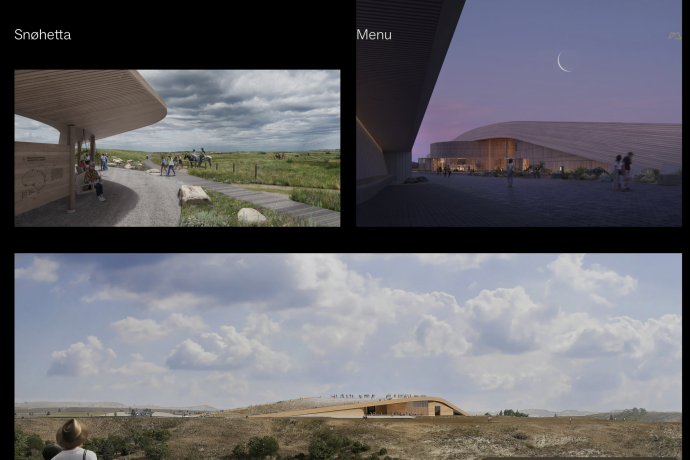
The Presidential Library is pursuing certification from the International Living Future Institute as part of its “Living Building Challenge,” which is described on their website as, “A framework for design, construction, and the symbiotic relationship between people, or community, and nature.”
The library’s reliance on both renewable and locally sourced materials will assist in gaining this certification. The structure's design is cognizant of the weather and flora and is immersed in the biodiversity of its surroundings. The building will be completely self-sufficient and will be zero energy, zero emissions, zero water, and zero waste while exhibiting a seamless assimilation into the landscape.
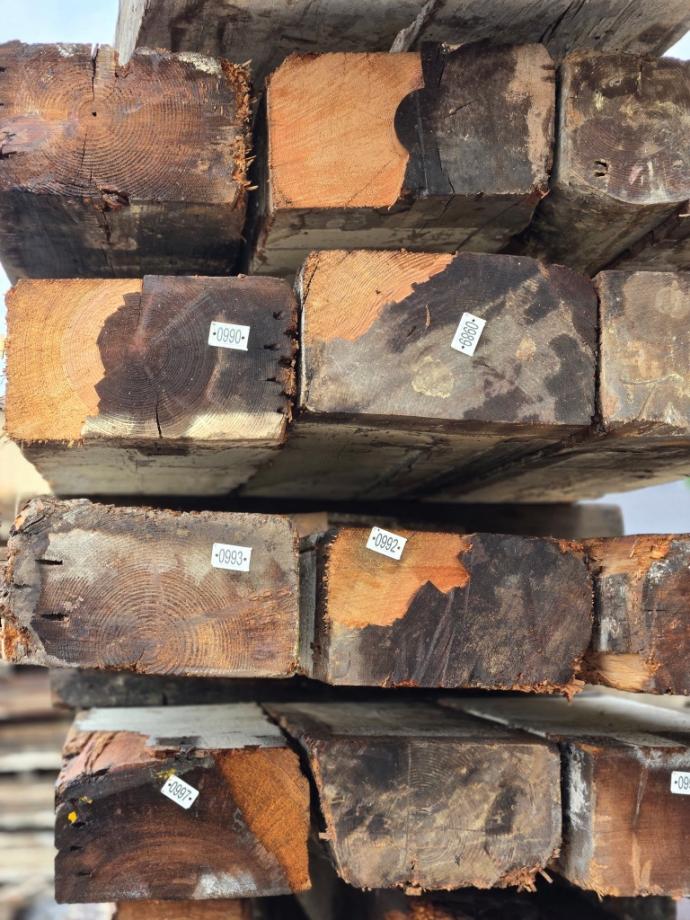
This land first approach includes 28,000 native plant species which will be planted on the facility’s roof. The end goal is that visitors will discover the same sort of inspiration from the area's natural surroundings that Roosevelt experienced when he visited the area.
For over 30 years Pioneer Millworks has been providing creative reclaimed and sustainable wood flooring, paneling, and siding solutions to clients. We source and save wood with a story which end-users can connect with; materials that are good for our people & our planet. The Theodore Roosevelt Library project and our ethos are the perfect match.
We are honored to provide reclaimed, historic Heart Pine for the flooring in the library. Contributing to such a sustainable and historic project is near and dear to our hearts.
Pioneer Millworks yard and inventory leader Josh Peck explains, “The reclaimed timbers we milled into flooring for the library project originated from an old Factory in Lavonia, GA. Heart pine was plentiful in the 18th and 19th century along the Southeastern coastal plain of the United States,” continues Josh. “It is such a durable wood some of the tightest grain of any species we reclaim.”

Because of its abundance and geographical location, Heart Pine timber was an obvious choice for construction and craft from the southern tip of Virginia all the way to central Florida. Most, if not all of the era’s factories, mills, schools, and public buildings used Heart Pine as their structural foundation.
Sourced from the heart of Longleaf Southern Yellow Pine, the timbers are perfect for industrial construction as the dense grain patterns and high resin content confirm it to be hard and durable. As the Longleaf Pine matures its core, or heartwood becomes saturated with oils and resins. As these develop the central heartwood increases in density, durability and also gains a greater resistance to decay.
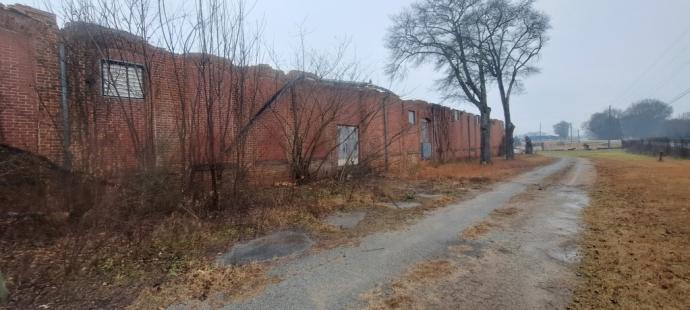
The widespread harvesting and heavy use of Heart Pine resulted in a quick depletion by the start of the 20th century virtually all the Heart Pine available for harvest had been processed for construction.
Due to this over-harvesting and deforestation, today, Heart Pine is a highly limited species. The tree’s take up to 500 years to reach full maturity—most of the timber left are immature trees. Now, the most appropriate way to obtain the wood is through reclamation and reuse.
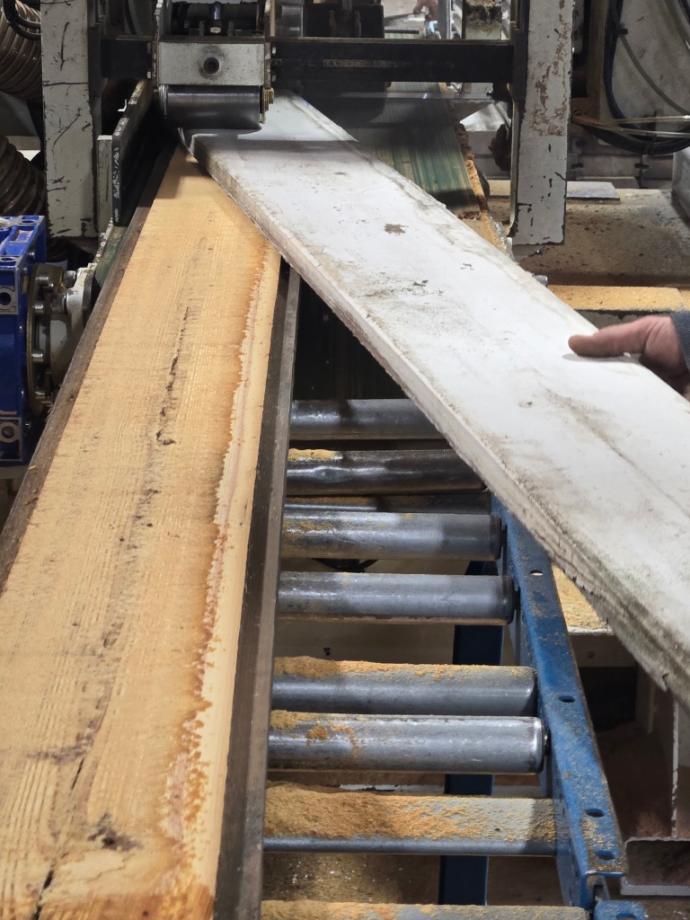
That’s where we come in. The robust, reclaimed and repurposed Heart Pine timbers that we provided to the Theodore Roosevelt Library project will soon become the new flooring in the facility. The grade of the wood and the random widths illustrating an homage to sustainability through the new utilization of the material.
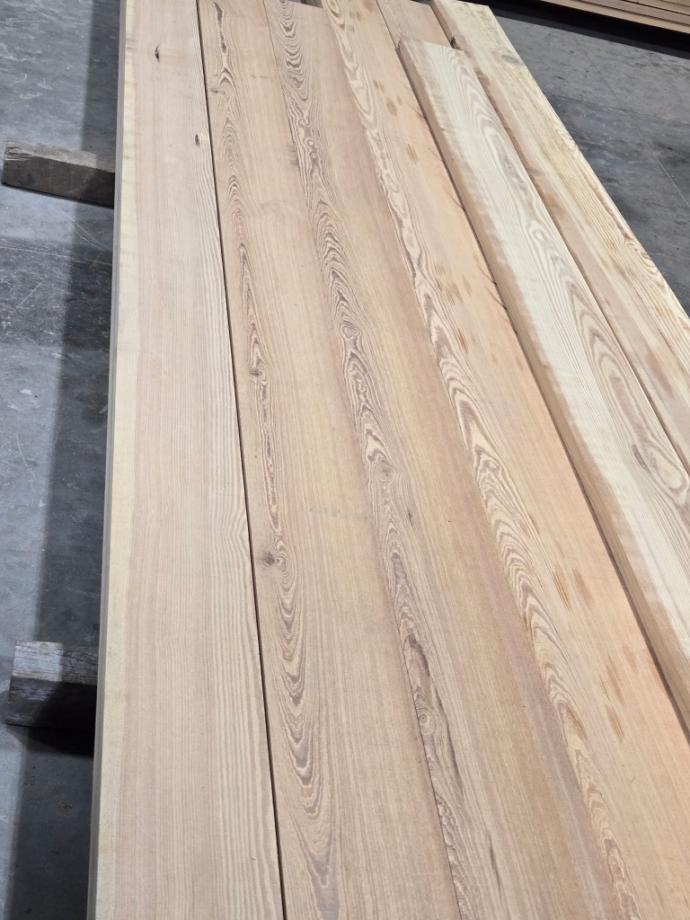
Pioneer Millworks Northeast Territory Manager Jessica Sheldon says, “Solid material was the aim for this project for longevity and authenticity. They wanted to go as wide as possible and eliminate any short lengths. We supplied the project in a custom 5”, 7”, 9” random nominal width mix. Wider widths were used in exhibit spaces and then the narrower widths in less prominent areas. Lengths were 4’ to 12’ random lengths (also custom – longer than normal length structure).”
Sheldon continues, “The design team on the project opted for the material to be further culled beyond the typical grade to eliminate larger bolt holes and ferrous staining, both of which are inherent to Heart Pine — reclaiming wood from old industrial buildings means there are typically a lot of fasteners.”
PMW’s shop preserved the long lengths, with any undesirable characteristics to be worked around on the job site. Most of the material is used by filling selected holes and cutting out other areas on site for use in areas that aren’t as visible. While we pre-finish many of our products, the Heart Pine will be finished on the job site to create a smooth seamless surface and the most consistent finish for cleanliness while protecting against moisture from the top side of the floor.
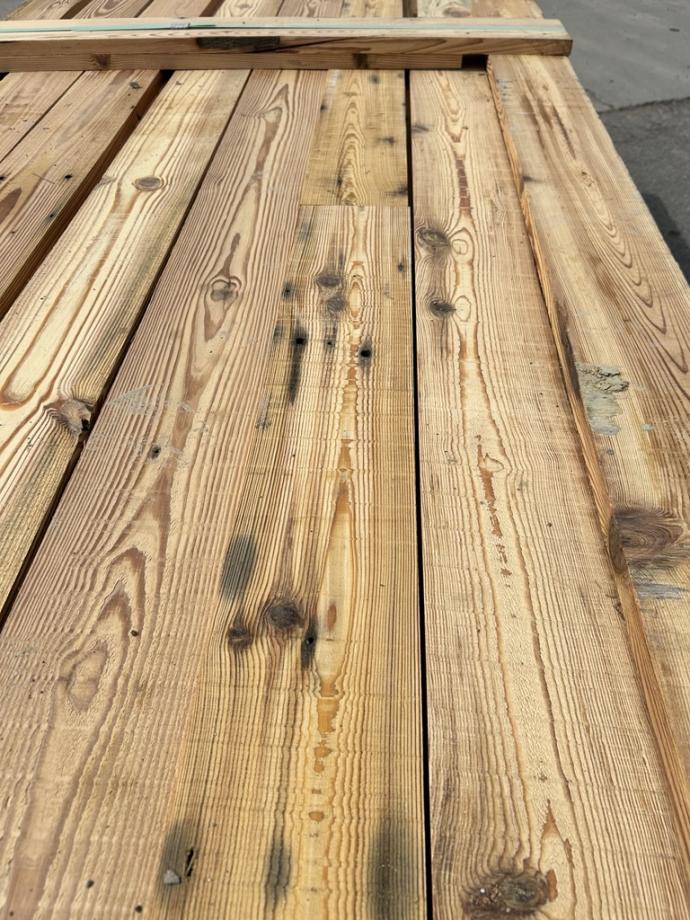
Our team worked with the flooring contractor, H2I Group, lending our expertise on the product nuances, providing installation guidance, and supporting them through the process. In the end, our Heart Pine flooring will be another sustainable component in the overall assemblage of eco-conscious materials making up the Theodore Roosevelt Presidential Library. The collaboration of history, sustainability, and forward-thinking design is a testament to Roosevelt and a contemporary appreciation our planet and our past.
Architect: Snøhetta
Flooring Contractor: H2I Group
